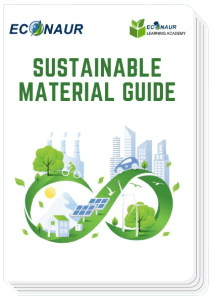Methods to reduce Energy Consumption from our homes
Energy Efficiency – the subject everyone knows about but most of us don’t know what to do about it. Everybody wants to reduce their energy consumption and pay less electricity bills but most of us don’t know how to do it.
Well, today we are going to talk about what can be done to reduce your energy consumption.
Need for Energy Efficiency
So before talking about what to do for energy efficiency, let’s talk about WHY Energy Efficiency?
Energy efficiency means delivering the same (or more) services for less energy. When we use less energy, the less energy we need to generate at power plants, which reduces greenhouse gas emissions and improves the quality of our air. Energy efficiency helps the economy, too, by saving consumers and businesses millions of dollars in energy costs. Energy efficient solutions can reduce the energy bill for many homeowners and businesses by 20 to 30 percent.
How to achieve Energy Efficiency –
There are many different ways to reduce your household’s energy use, ranging from simple behavioral adjustments to extensive home improvements. The two major motives for conserving energy are to save on utility bills and protect the environment.
Here are some ways in which you can save the energy & electricity in your house –
- Adjust your day-to-day behaviors
To reduce energy consumption in your home, you do not necessarily need to go out and purchase energy efficient products. Energy conservation can be as simple as turning off lights or appliances when you do not need them.
2. Replace your light bulbs
Traditional incandescent light bulbs consume an excessive amount of electricity and must be replaced more often than their energy efficient alternatives. Halogen incandescent bulbs, compact fluorescent lights (CFLs), and light-emitting diode bulbs (LEDs) use anywhere from 25-80% less electricity and last three to 25 times longer than traditional bulbs.
3. Purchase energy efficient appliances
On average, appliances are responsible for roughly 13% of your total household energy use. When purchasing an appliance, you should pay attention to two numbers: the initial purchase price and the annual operating cost. Although energy efficient appliances usually have higher purchase prices, their operating costs are 9-25% lower than conventional models.
When purchasing an energy efficient appliance, you should look for appliances with the ENERGY STAR label
4. Upgrade your HVAC system
An HVAC system is composed of heating, ventilation, and air conditioning equipment. Heating alone is responsible for more than 40% of home energy use.
Upgrades to the component of an HVAC system – ventilation – can improve your energy efficiency. A ventilation system is composed of a network of ducts, which distributes hot and cold air throughout your home. If these ducts are not properly sealed or insulated, the resulting energy waste can add thousands of rupees to your annual heating and cooling expenses. Proper insulation and maintenance on your ventilation system can reduce your heating and cooling expenses by up to 20%.
Insulation plays a key role in lowering your utility bills through retaining heat during the winter and keeping heat out of your home during the summer. The level of insulation you should install depends on the area of your house. Your attic, walls, floors, basement, and crawlspace are the five main areas where you should consider adding insulation.
Conclusion – Energy conservation is important and beneficial as you can save money, save environment. Take needful measures today only so that our future can also enjoy something which we are exploiting.







